Components of Operating System
An operating system is a large and complex system that can only be created by partitioning into small parts. These pieces should be a well-defined part of the system, carefully defining inputs, outputs, and functions.
Although Windows, Mac, UNIX, Linux, and other OS do not have the same structure, most operating systems share similar OS system components, such as file, memory, process, I/O device management.
The components of an operating system play a key role to make a variety of computer system parts work together. There are the following components of an operating system, such as:
- Process Management
- File Management
- Network Management
- Main Memory Management
- Secondary Storage Management
- I/O Device Management
- Security Management
- Command Interpreter System
Operating system components help you get the correct computing by detecting CPU and memory hardware errors.
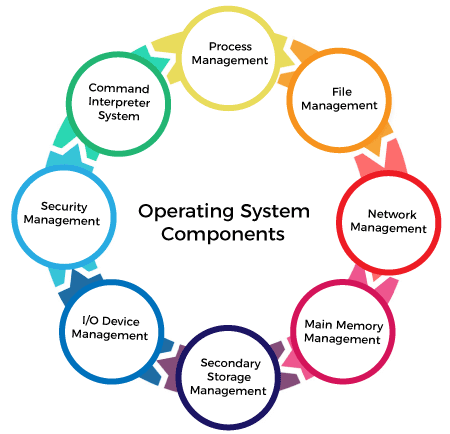
Process Management
The process management component is a procedure for managing many processes running simultaneously on the operating system. Every running software application program has one or more processes associated with them.
For example, when you use a search engine like Chrome, there is a process running for that browser program.
Process management keeps processes running efficiently. It also uses memory allocated to them and shutting them down when needed.
The execution of a process must be sequential so, at least one instruction should be executed on behalf of the process.
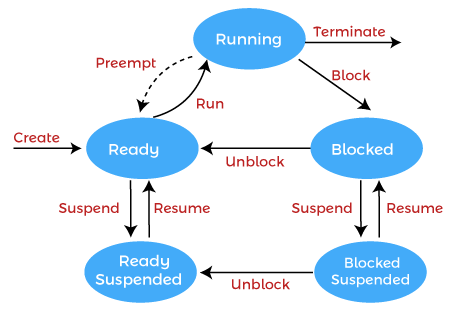
Functions of process management
Here are the following functions of process management in the operating system, such as:
- Process creation and deletion.
- Suspension and resumption.
- Synchronization process
- Communication process
NOTE: OS facilitates an exchange of information between processes executing on the same or different systems.
File Management
A file is a set of related information defined by its creator. It commonly represents programs (both source and object forms) and data. Data files can be alphabetic, numeric, or alphanumeric.
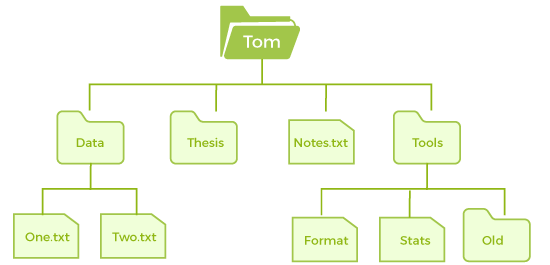
Function of file management
The operating system has the following important activities in connection with file management:
- File and directory creation and deletion.
- For manipulating files and directories.
- Mapping files onto secondary storage.
- Backup files on stable storage media.
Network Management
Network management is the process of administering and managing computer networks. It includes performance management, provisioning of networks, fault analysis, and maintaining the quality of service.
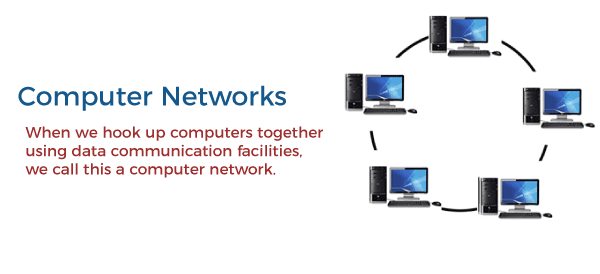
A distributed system is a collection of computers or processors that never share their memory and clock. In this type of system, all the processors have their local memory, and the processors communicate with each other using different communication cables, such as fibre optics or telephone lines.
The computers in the network are connected through a communication network, which can configure in many different ways. The network can fully or partially connect in network management, which helps users design routing and connection strategies that overcome connection and security issues.
Functions of Network management
Network management provides the following functions, such as:
- Distributed systems help you to various computing resources in size and function. They may involve minicomputers, microprocessors, and many general-purpose computer systems.
- A distributed system also offers the user access to the various resources the network shares.
- It helps to access shared resources that help computation to speed up or offers data availability and reliability.
Main Memory management
Main memory is a large array of storage or bytes, which has an address. The memory management process is conducted by using a sequence of reads or writes of specific memory addresses.
It should be mapped to absolute addresses and loaded inside the memory to execute a program. The selection of a memory management method depends on several factors.
However, it is mainly based on the hardware design of the system. Each algorithm requires corresponding hardware support. Main memory offers fast storage that can be accessed directly by the CPU. It is costly and hence has a lower storage capacity. However, for a program to be executed, it must be in the main memory.
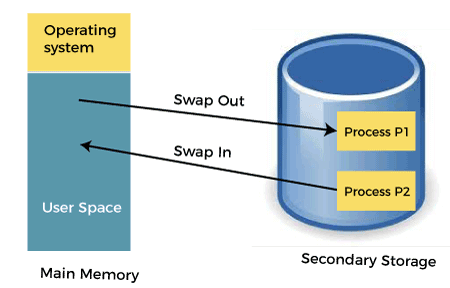
Functions of Memory management
An Operating System performs the following functions for Memory Management in the operating system:
- It helps you to keep track of primary memory.
- Determine what part of it are in use by whom, what part is not in use.
- In a multiprogramming system, the OS decides which process will get memory and how much.
- Allocates the memory when a process requests.
- It also de-allocates the memory when a process no longer requires or has been terminated.
Secondary-Storage Management
The most important task of a computer system is to execute programs. These programs help you to access the data from the main memory during execution. This memory of the computer is very small to store all data and programs permanently. The computer system offers secondary storage to back up the main memory.

Today modern computers use hard drives/SSD as the primary storage of both programs and data. However, the secondary storage management also works with storage devices, such as USB flash drives and CD/DVD drives. Programs like assemblers and compilers are stored on the disk until it is loaded into memory, and then use the disk is used as a source and destination for processing.
Functions of Secondary storage management
Here are some major functions of secondary storage management in the operating system:
- Storage allocation
- Free space management
- Disk scheduling
I/O Device Management
One of the important use of an operating system that helps to hide the variations of specific hardware devices from the user.
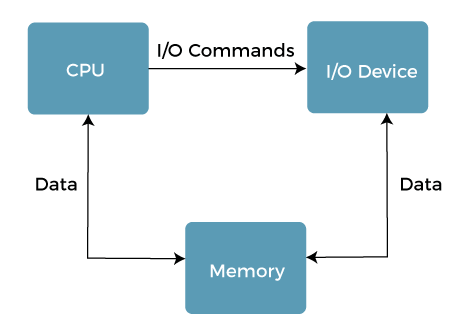
Functions of I/O management
The I/O management system offers the following functions, such as:
- It offers a buffer caching system
- It provides general device driver code
- It provides drivers for particular hardware devices.
- I/O helps you to know the individualities of a specific device.
NOTE: The user’s program can’t execute I/O operations directly. The operating system should provide some medium to perform this.
Security Management
The various processes in an operating system need to be secured from other activities. Therefore, various mechanisms can ensure those processes that want to operate files, memory CPU, and other hardware resources should have proper authorization from the operating system.
Security refers to a mechanism for controlling the access of programs, processes, or users to the resources defined by computer controls to be imposed, together with some means of enforcement.
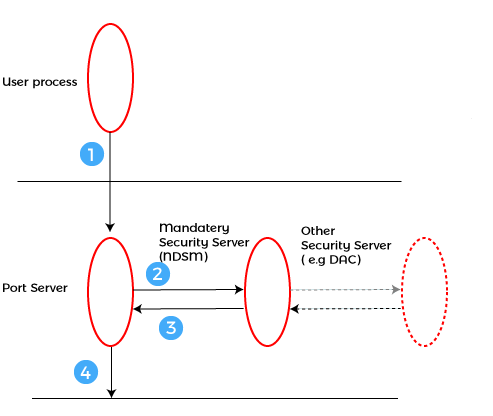
For example, memory addressing hardware helps to confirm that a process can be executed within its own address space. The time ensures that no process has control of the CPU without renouncing it. Lastly, no process is allowed to do its own I/O to protect, which helps you to keep the integrity of the various peripheral devices.
Security can improve reliability by detecting latent errors at the interfaces between component subsystems. Early detection of interface errors can prevent the foulness of a healthy subsystem by a malfunctioning subsystem. An unprotected resource cannot misuse by an unauthorized or incompetent user.
Command Interpreter System
One of the most important components of an operating system is its command interpreter. The command interpreter is the primary interface between the user and the rest of the system.
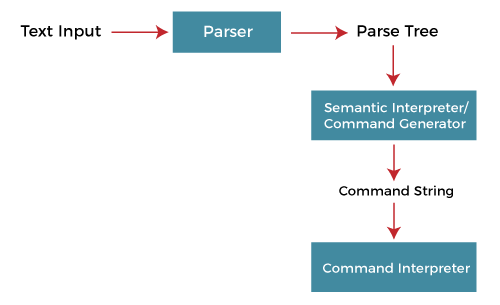
Many commands are given to the operating system by control statements. A program that reads and interprets control statements is automatically executed when a new job is started in a batch system or a user logs in to a time-shared system. This program is variously called.
- The control card interpreter,
- The command-line interpreter,
- The shell (in UNIX), and so on.
Its function is quite simple, get the next command statement, and execute it. The command statements deal with process management, I/O handling, secondary storage management, main memory management, file system access, protection, and networking.
